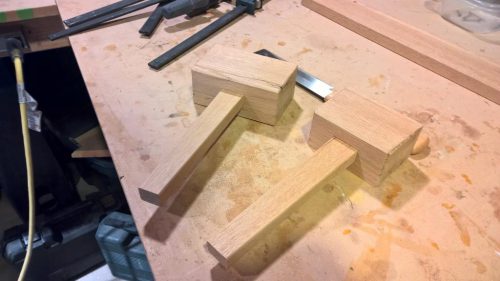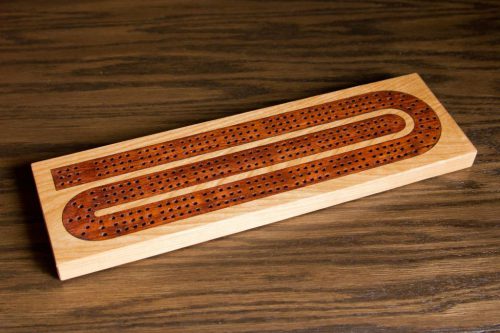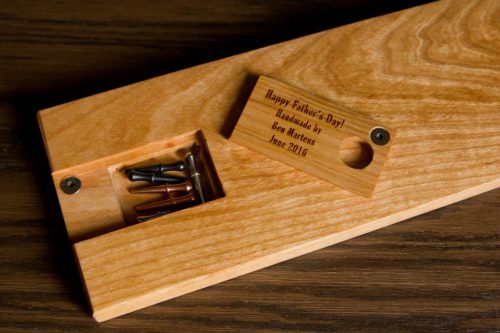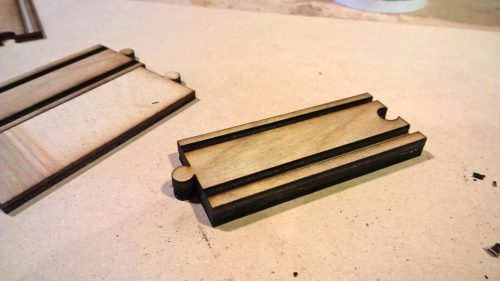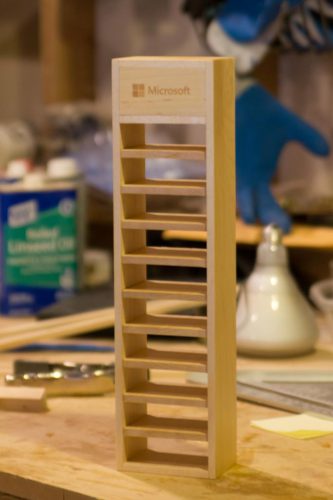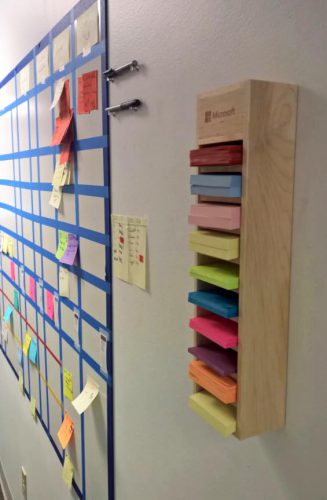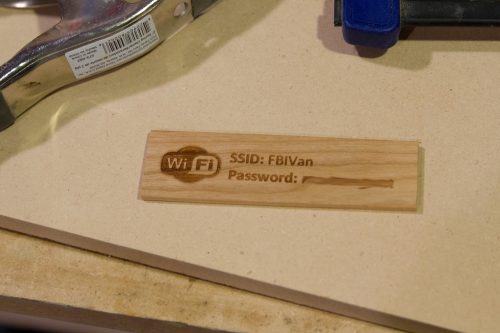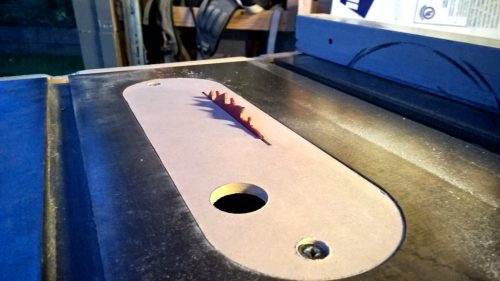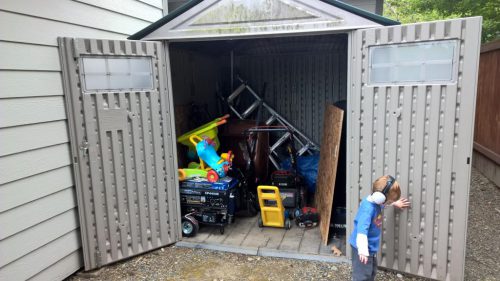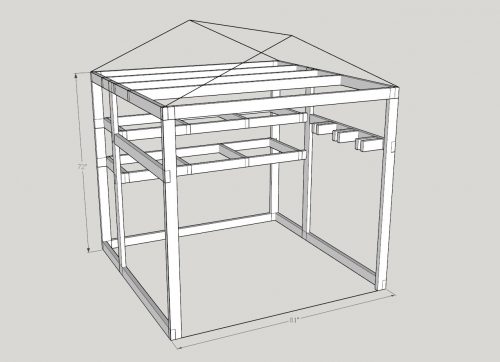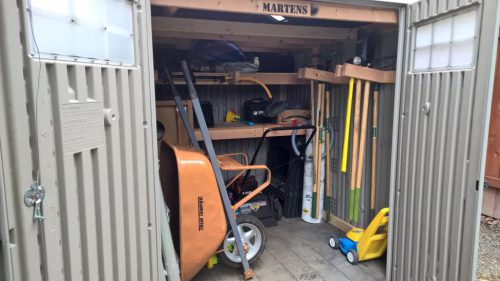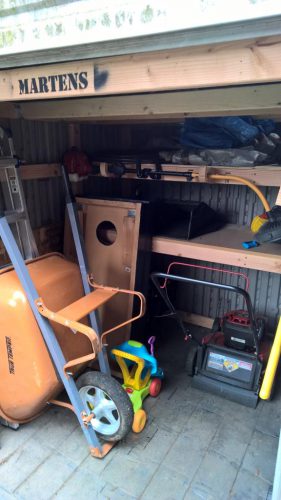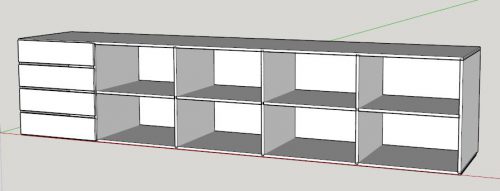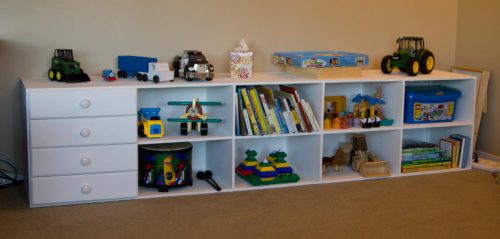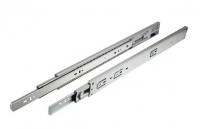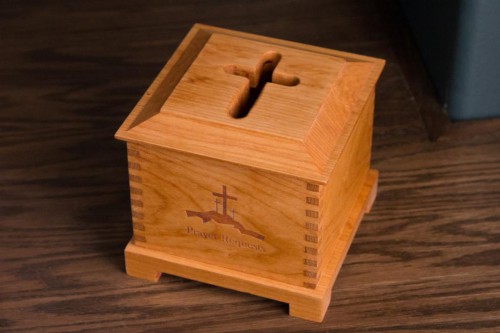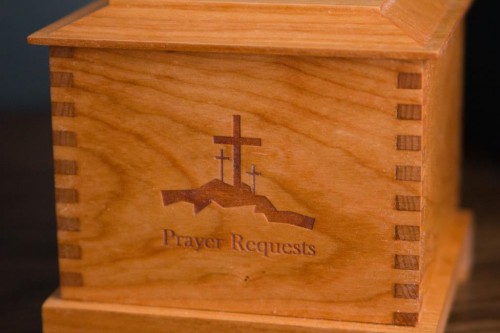After a couple failed projects, I was looking for a quick win and decided to make some wooden mallets. They’re handy for assembly wood parts. The big wood face is gentler on your project than a standard hammer. There are a lot of different ways to approach the project, but I chose to use Jay Bates’s laminated method.
First I had to choose some wood. When we got married, Tyla already had an old, beat up oak dining table. She always dreamed of refinishing it, but last summer we agreed it was better to just get rid of it instead of continuing to store it. I salvaged quite a bit of wood from it. It has just been sitting in the side of the garage and I decided to make use of it. I grabbed one leaf and rain it through the planer to get all the old finish off of it. It cleaned up nicely.
After that the rest was pretty simple. The head is built from three layers of wood with the middle layer being chopped in half to make a hole for the handle. The handle is tapered so it slides into the hole and sticks there. When finished, the handle can be detached from the mallet by just pounding it through. There’s not much too it but I think it will come in handy.
I made two thinking that I’d probably screw one up, but both came out reasonably nice so I gave one to Tim since we were heading to his house for dinner that night.

